Choosing between cold or warm light for your kitchen is a crucial question, as it directly influences the lighting atmosphere of the room. This choice can also affect visual comfort, functionality and even the perception of objects and food.
Should you opt for warm, yellow light or bright, blue light? Each solution has its advantages, whether you want to create a welcoming atmosphere or optimize your functional lighting.
We guide you through the nuances of warm and cool light so you can choose the perfect solution for your home.
Understanding Color Temperature
What is color temperature?
Color temperature , measured in degrees Kelvin (K) , determines the hue and visual appearance of light. Warm light, below 3300K, produces a yellow tint reminiscent of a sunset, ideal for creating a warm atmosphere.
On the other hand, a cold light, above 5000K, tends towards blue and offers a more modern and stimulating visual appearance. There are also neutral lights (around 4000K), which reproduce natural daylight.
These differences in light temperature are essential for adapting the lighting in your kitchen to your needs.
The effects of warm vs. cool light on ambiance
Warm light is perfect for creating a soothing and friendly atmosphere , especially in dining areas or relaxation areas. It invites relaxation and brings a feeling of visual comfort, particularly appreciated after a busy day.
On the other hand, cold light is brighter and more vivid, often used in places that require more functional lighting such as offices, garages or workspaces. It optimizes the amount of light and improves the precision of tasks, especially on the central island of the kitchen.
Light in the kitchen: the basic principles
Which light to choose for which areas of the kitchen?
In a kitchen, it is essential to properly distribute light sources according to the areas. For example, for work areas such as the worktop, the cooking area or the central island, it is recommended to use cold white light or neutral white light, which offers a higher color temperature, generally between 5000 and 6500K .
This improves visual comfort and task accuracy. Conversely, for dining areas or relaxation corners, opt for warm white light or subdued light tending towards yellow to create a welcoming and relaxing atmosphere.
Mixing warm and cold light: is it possible?
Yes, mixing warm and cool lighting in a kitchen is not only possible, but also recommended to create a balanced atmosphere.
For example, you can install recessed LED lights in the ceiling to illuminate functional areas with cool light, while opting for warm white lighting around the dining area or relaxation area.
This light circuit allows you to adjust the color temperatures according to the times of day and activities, while taking into account the color rendering. This way, you optimize the amount of light needed in each area of the kitchen.
Practical applications: choosing the right lighting fixtures
Recommended luminaires for cold lighting in the kitchen
For functional and precise lighting, opt for cool white LED luminaires. These extra-bright luminaires are particularly suitable for work areas such as the worktop, where bright light is essential.
Recessed LED spotlights or light strips under kitchen cabinets can also be used to provide powerful and uniform lighting. With a good color rendering index, these solutions improve the visibility of details and create a clean and crisp visual appearance.
Recommended lighting fixtures for warm lighting in the kitchen
Warm light fixtures, such as decorative pendants above the dining area, are ideal for creating a warm and subdued atmosphere. They create a soft ambiance, conducive to moments of conviviality.
Consider using warm white LED bulbs with a color temperature around 3000K to create a bright and pleasant atmosphere. This type of lighting is also perfect for places like the living room, lounge or even the bathroom, where a soft light is more appropriate.
Do you need adjustable lighting in the kitchen?
Dimmable lighting is a great idea to adjust the kitchen ambiance according to your needs. Using LED bulbs with a dimmer allows you to switch from warm white lighting to cool white lighting depending on the activity or time of day.
This type of solution also allows you to create a brighter or subdued atmosphere depending on the moment. It is ideal for optimizing lighting in workplaces such as offices or kitchens, and even in more decorative places such as the living room.
Criteria to consider when choosing color temperature in the kitchen
The impact on the perception of food and space
The color of light directly influences the perception of food and decoration. Warm light makes dishes more appetizing and highlights the natural tones of materials, such as the wood of kitchen furniture.
Conversely, cold light can sometimes give surfaces a bluish appearance, which is more suited to a modern and refined kitchen. It is essential to take these nuances into account when choosing the light temperature that best suits the use of each area of the kitchen.
Kitchen lighting standards and recommendations
To ensure good lighting in the kitchen, it is important to take into account the standards regarding lumens and lux. A minimum of 300 lux is recommended for general lighting, while functional areas require higher lighting, around 500 lux.
In terms of light temperature, experts recommend a neutral white or cool white in work areas, and a warm white for dining and relaxation areas. This combination helps create a lighting ambiance while optimizing the amount of available light.
Mistakes to avoid when choosing kitchen lighting
Overlighting or underlighting the kitchen
Under- or over-lighting an area like the kitchen can detract from functionality and ambiance. Too much bright light, especially in dining areas, can be uncomfortable, while insufficient lighting can make certain tasks more difficult.
It is recommended to use several light points , such as recessed ceiling spotlights or decorative lamps, in order to distribute the light well and avoid shadow areas.
This is especially important in large or open kitchens where there needs to be enough light for each space.
Getting the color temperature wrong
Choosing the wrong light temperature can alter the visual appearance of the kitchen. For example, too cold a light in a dining area can create an overly clinical atmosphere , while too warm a light in a workspace can reduce the accuracy of tasks.
It is essential to understand the function of each zone in order to adapt the color temperature accordingly. Using good LED lighting and bulbs with adjustable temperature is an effective solution to avoid this kind of error.
Practical cases and concrete examples
Examples of lighting in different kitchens
In a traditional kitchen, opting for a warm light, tending towards yellow, is often recommended for its friendly and welcoming atmosphere.
In a modern or industrial kitchen, cool lights or cool white LED lamps bring a contemporary touch and optimize functional lighting.
If you have a large kitchen, it may be a good idea to combine different types of light for each area: neutral white light for work areas, and warm light for cosier corners like the central island .
Cold or warm light: which one to choose according to your needs?
Depending on the use of the kitchen
The choice of lighting will depend on how you use your kitchen. For areas that require functional lighting such as worktops, cool or neutral white lighting will be more suitable.
On the other hand, to create a warm atmosphere in dining areas , warm white light is ideal. Finally, if your kitchen serves as both a workspace and a place of conviviality, opt for a modular solution that allows you to adjust the temperature of the light according to the use of the moment.
Frequently Asked Questions
1. What is the difference between cold light and warm light in the kitchen?
Cold light and warm light differ mainly in their color temperature and their impact on the ambiance of a room. Warm light, located between 2700K and 3300K , produces a yellow tint that provides a feeling of comfort and creates a warm ambiance. It is ideal for relaxing areas, such as the dining area or living room.
Cold light, between 5000K and 6500K , is brighter and bluer, which promotes concentration and precision, particularly useful in kitchen work areas. Using the right shade of light in each area is essential to achieve the quality of lighting that suits your needs.
2. Should you choose cold or warm light for a functional kitchen?
For a functional kitchen, it is advisable to opt for a cold light, such as a soft white light around 5000K to 6500K. This type of light source, which is often used with LED strips or spotlights , offers a high light intensity and allows you to see details clearly when preparing meals.
Cold light is perfect for areas where concentration and precision are important. However, for a more welcoming and comfortable atmosphere, you can also integrate warm light wall lights in dining areas.
3. What is the best color temperature for lighting a kitchen?
The best color temperature for lighting a kitchen depends on the type of lighting you want. For functional lighting, soft white light with a color temperature between 4000K and 5000K is ideal, as it is halfway between warm and cool white.
This creates a good balance between brightness and warm ambience, while improving the quality of functional lighting. For specific areas such as the worktop, opt for LED bulbs with sufficient lumen output to ensure optimal visibility, and a warmer light for relaxation areas such as the living room or dining area.
4. Can you mix warm and cold light in a kitchen?
Mixing warm and cool light in a kitchen is not only possible, but also recommended to maximize lighting efficiency. For example, warm light can be used in wall lights to create a warm atmosphere in dining or living areas, while cool light is perfect for work areas.
You can also install LED strips under furniture to provide additional functional lighting. Mixing these two types of light invites relaxation while providing optimal light intensity for specific tasks.
5. What type of LED bulb should you choose for a kitchen: warm white or cool white?
The choice between a warm white or cool white LED bulb depends on the specific needs of each point in the kitchen . For work areas, such as the worktop or sink, a cool white LED bulb (5000K-6500K) offers high light intensity and allows increased concentration thanks to its bright light.
Conversely, to create a warm atmosphere in areas such as the dining area or living room, a warm white LED bulb (2700K-3300K) is preferable. A combination of these two types of lighting, warm and cool white, allows for versatile and comfortable lighting.
6. Why choose cold lighting in a modern kitchen?
Cool lighting is often favored in a modern kitchen because of its bright luminosity and high-scale color rendering. It can highlight contemporary materials such as stainless steel and glass, while providing a light intensity that promotes concentration.
In addition, using cold light in an LED strip or wall lights can accentuate the feeling of cleanliness and order, ideal for a modern kitchen. Cold white lighting is particularly suitable for places that require bright light, such as the office or the cellar.
7. How does warm or cool light influence the appearance of food in the kitchen?
Warm and cool light have different effects on the appearance of food in the kitchen. Warm light, with its yellowish undertones, highlights the natural tones of dishes and surfaces, which is ideal for creating a warm atmosphere in places like the living room or dining area.
Conversely, cool light, with its more blueish appearance, makes surfaces appear lighter but can sometimes make food appear less appetizing . Using a combination of warm and cool light allows you to optimize lighting according to the use of each area.
8. How to optimize lighting in a small kitchen?
To optimize lighting in a small kitchen, it is important to use compact and functional light sources, such as LED strips or recessed ceiling spotlights. Opting for soft white light (4000K-5000K) allows you to visually enlarge the space while ensuring sufficient brightness.
In more comfortable corners, such as the dining area or living room, warm light wall lights can create a cozy atmosphere. Don't forget to take into account the intensity and lumen output of the bulbs to achieve effective lighting.
9. What is the impact of neutral white light in the kitchen?
Neutral white light (around 4000K) offers an excellent balance between warm and cool light, making this temperature ideal for multi-purpose kitchens. It provides a feeling of brightness close to natural daylight , improving both visual comfort and the color rendering of food and furniture.
The visual impact is particularly pleasant, as this light is soft without being too bright. It is therefore suitable for places where functional light is required while maintaining a warm atmosphere.
10. What lighting should you choose for a kitchen with a central island?
For a kitchen with a central island, it is advisable to use a combination of lighting to meet several needs. You can install decorative pendant lights with soft white light above the island to create a warm atmosphere and invite conviviality.
For more precise tasks, such as meal preparation, a cool white light with a high luminous intensity, measured in lumens, is recommended. This type of lighting optimizes brightness while providing visual comfort in functional areas.





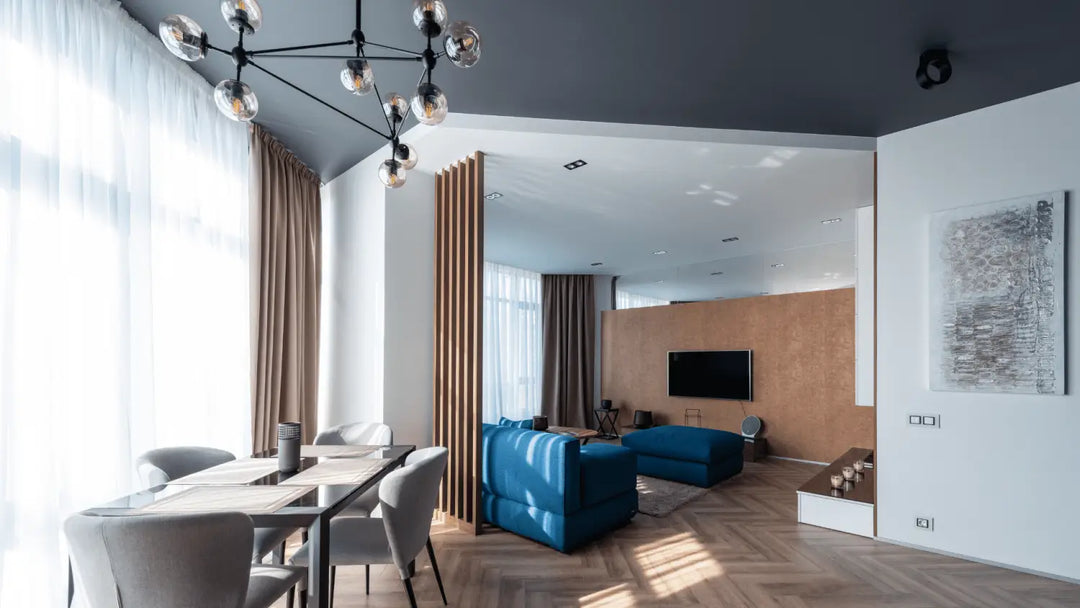
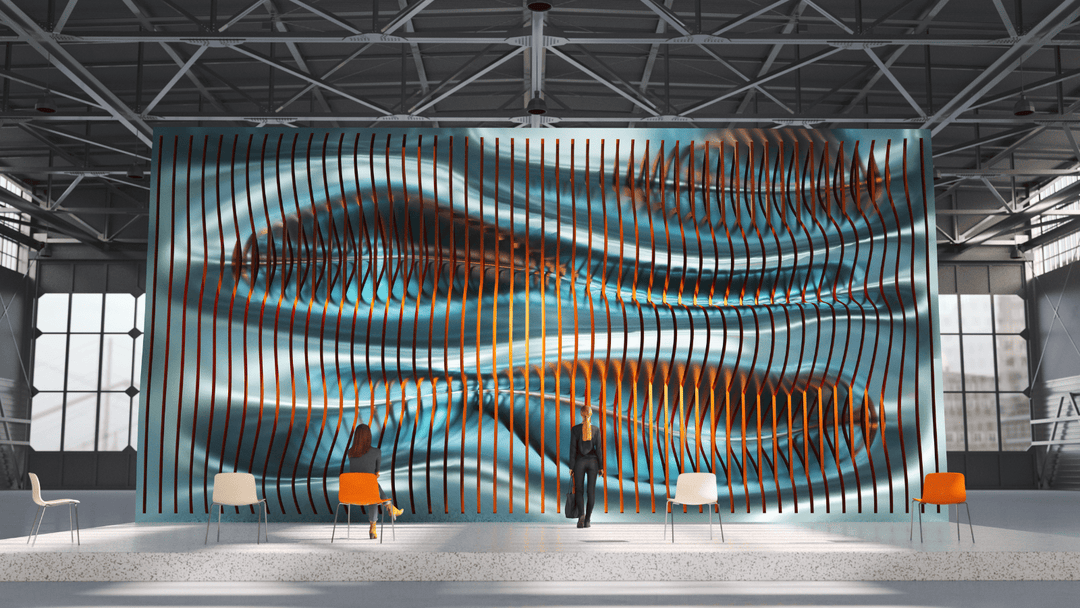
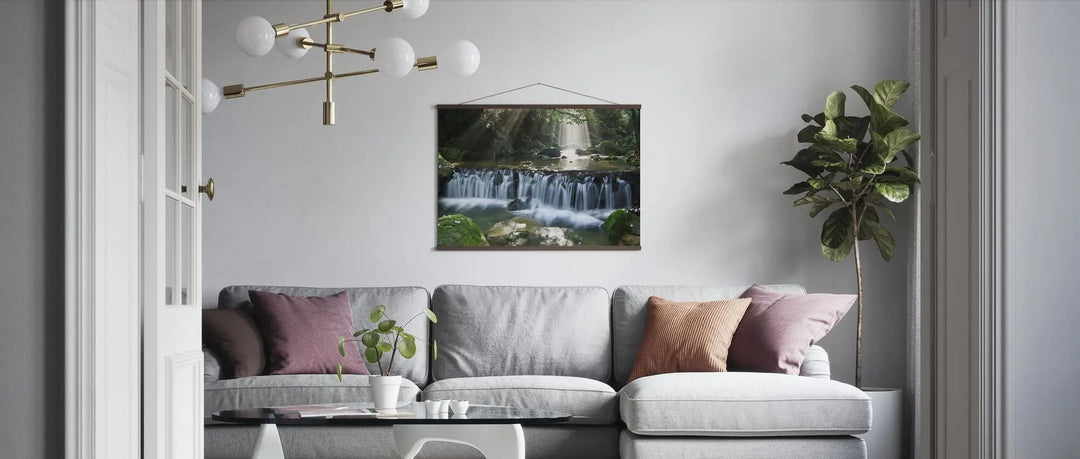
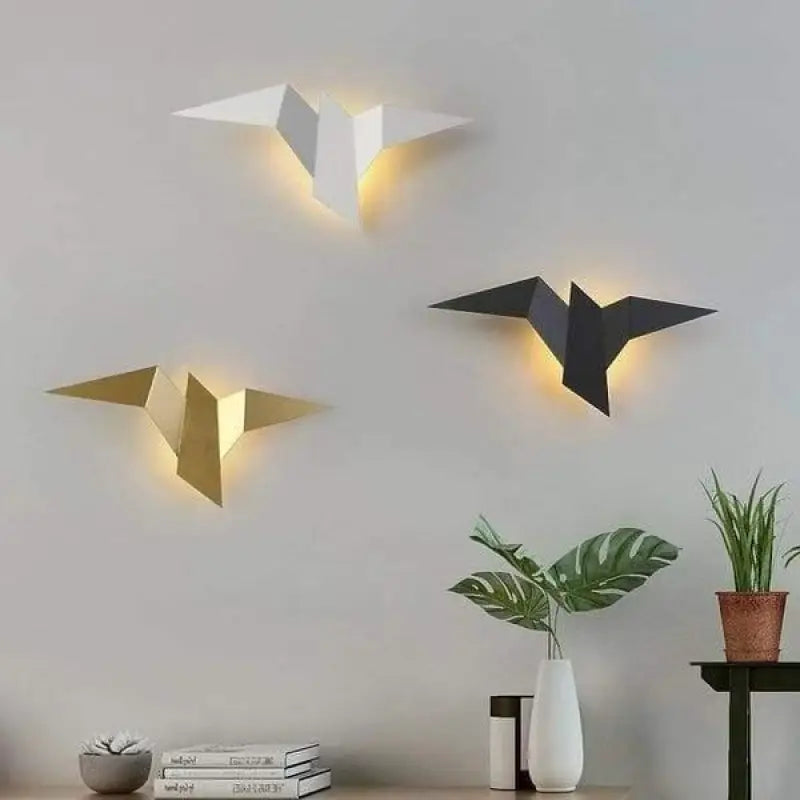


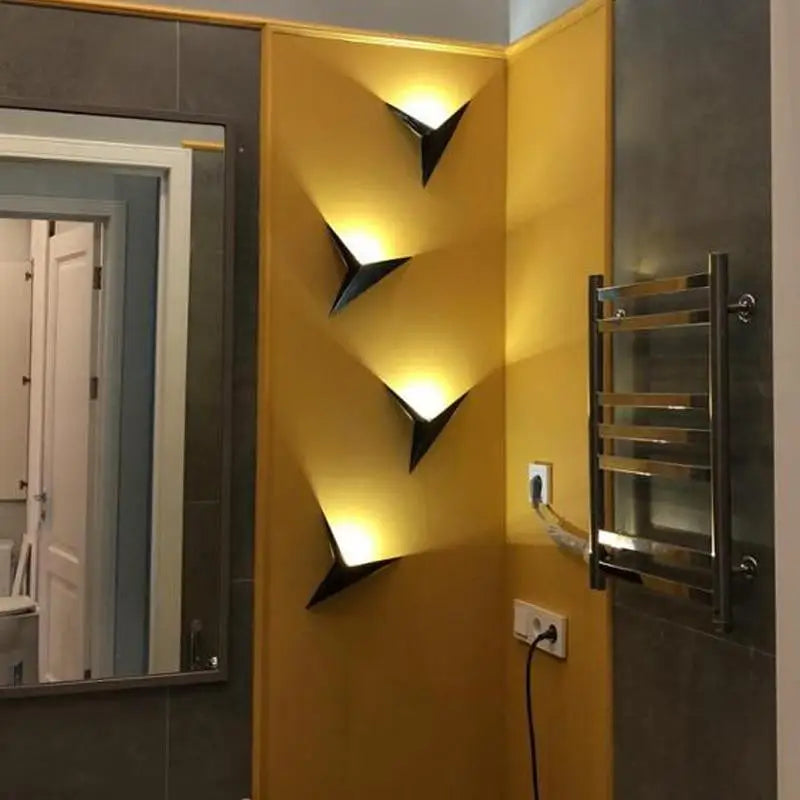
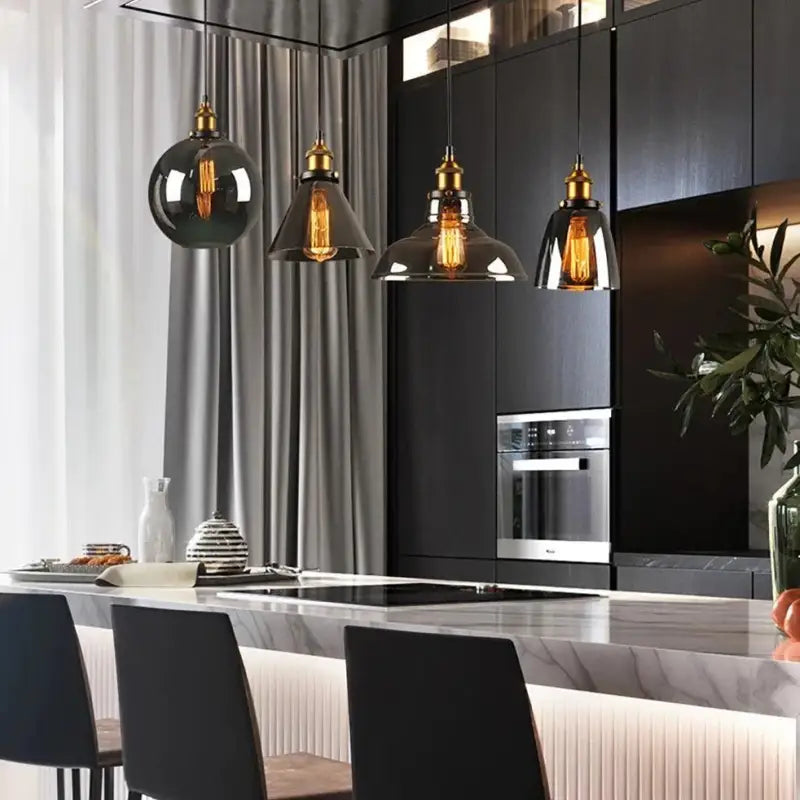
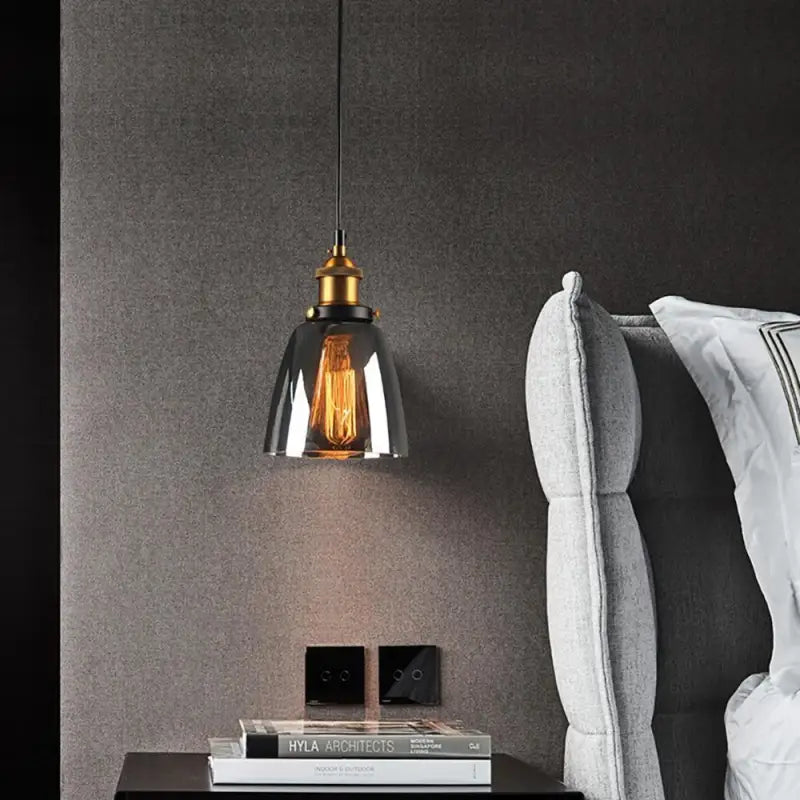
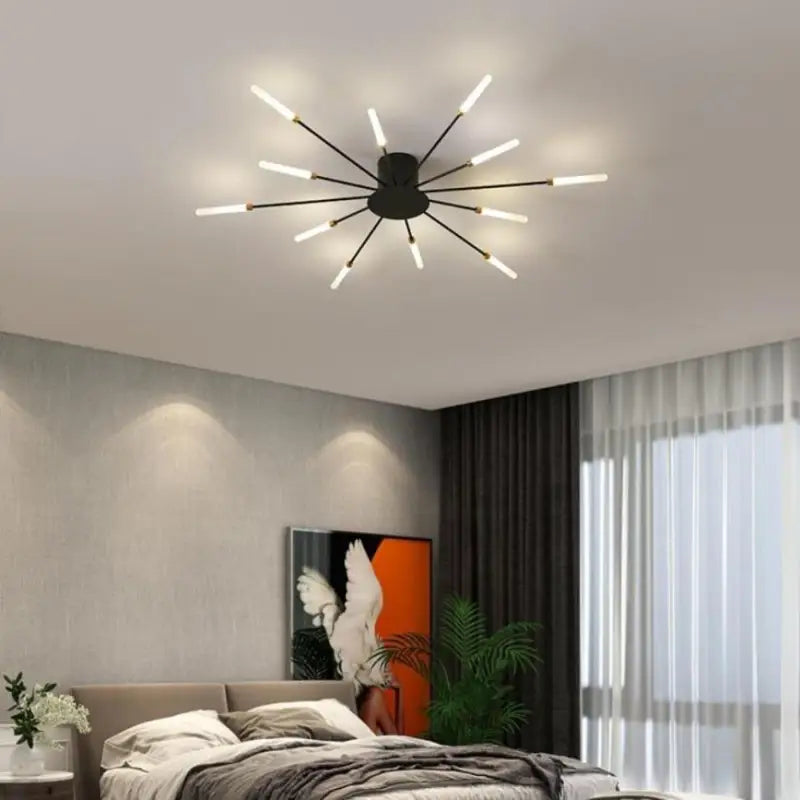
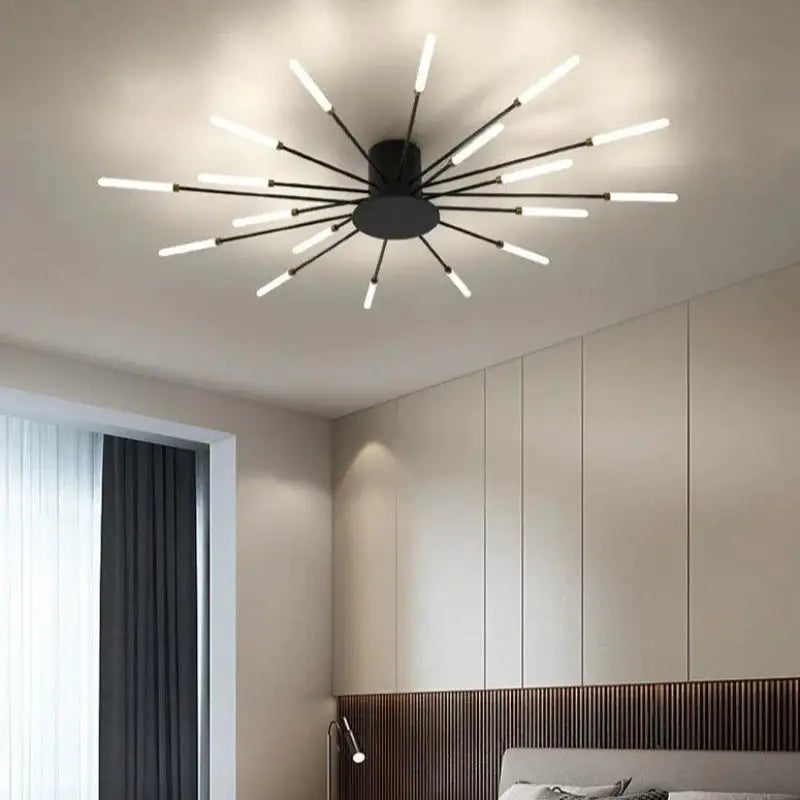
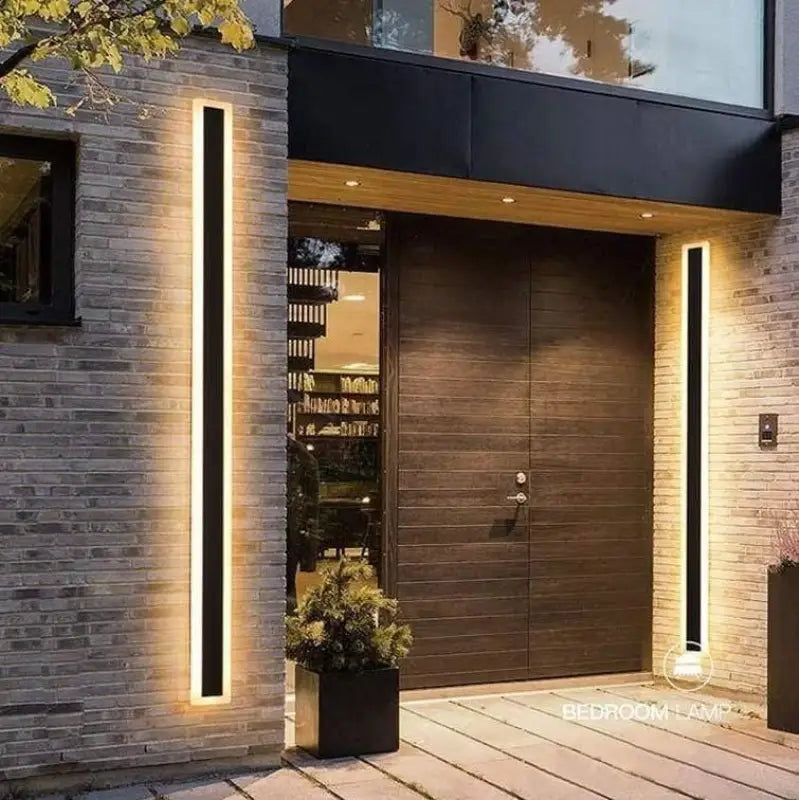
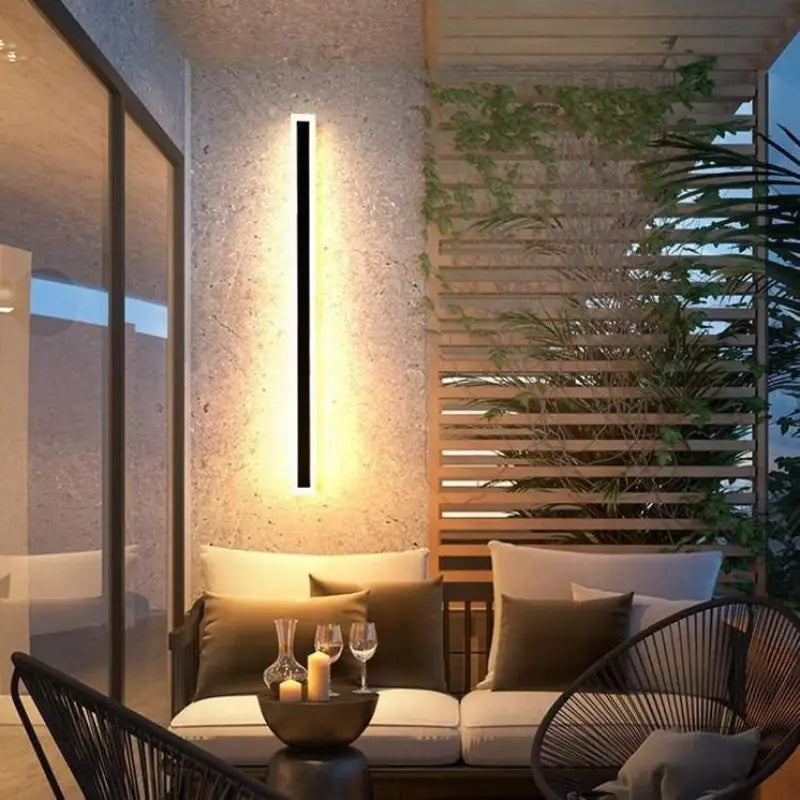
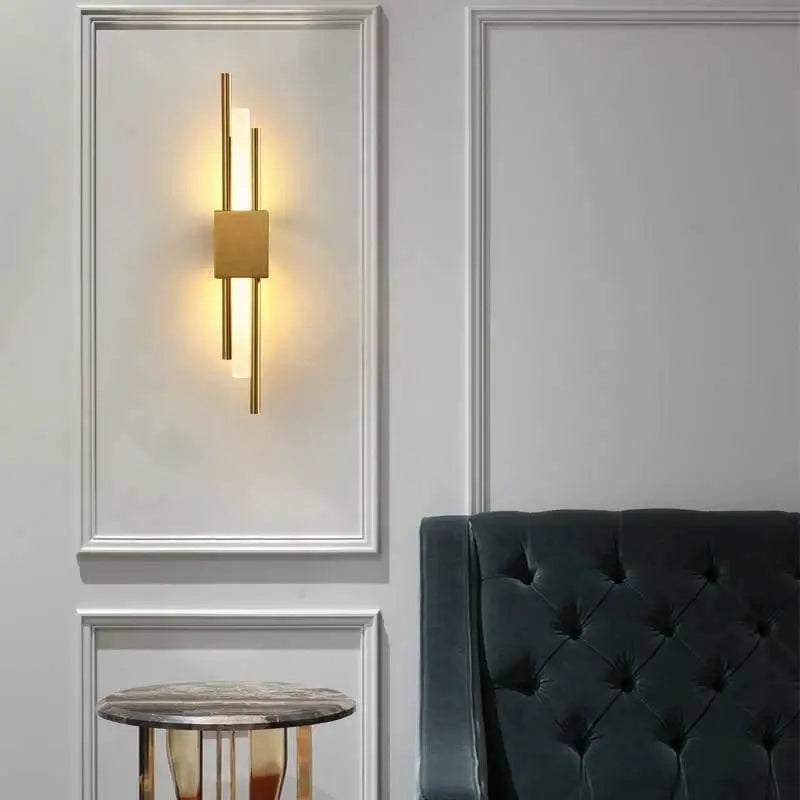
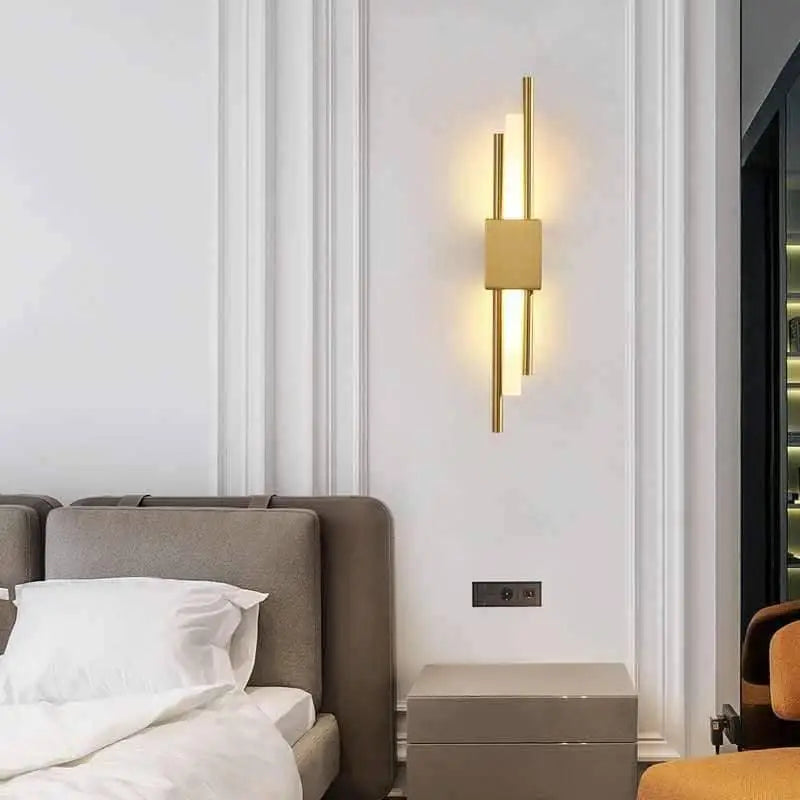
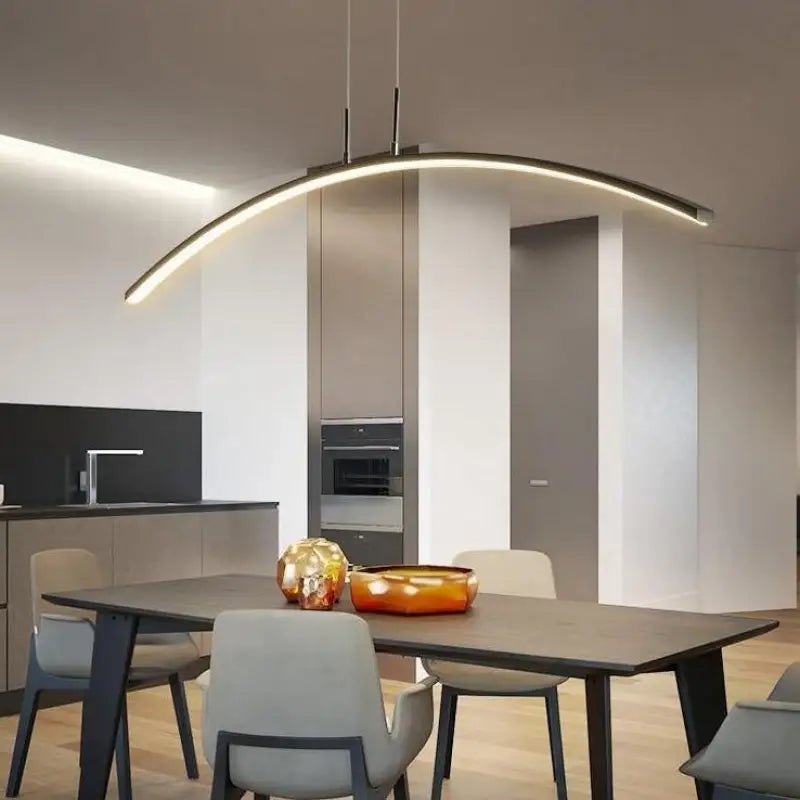
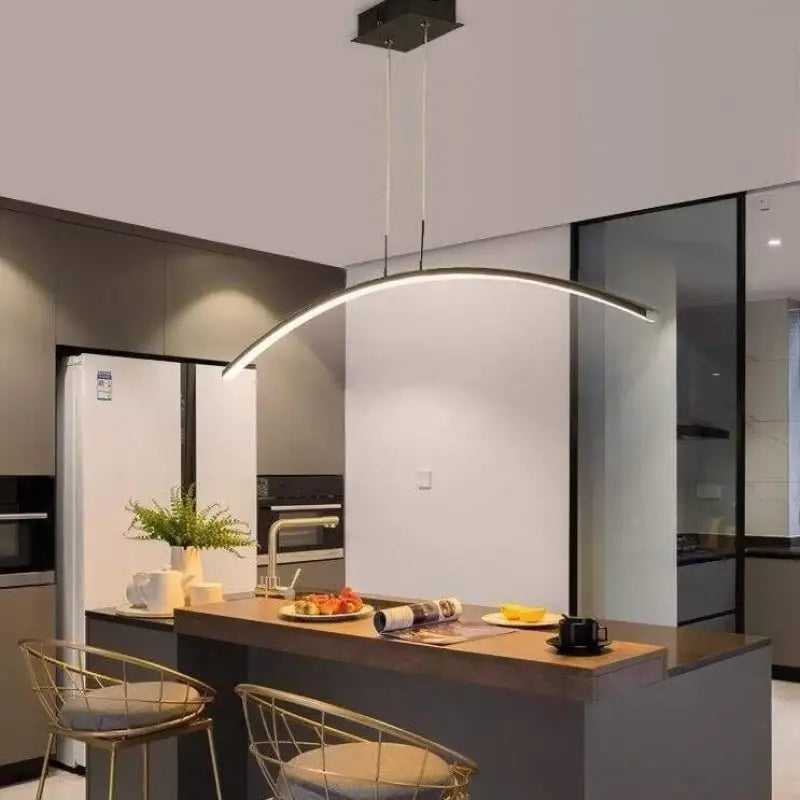
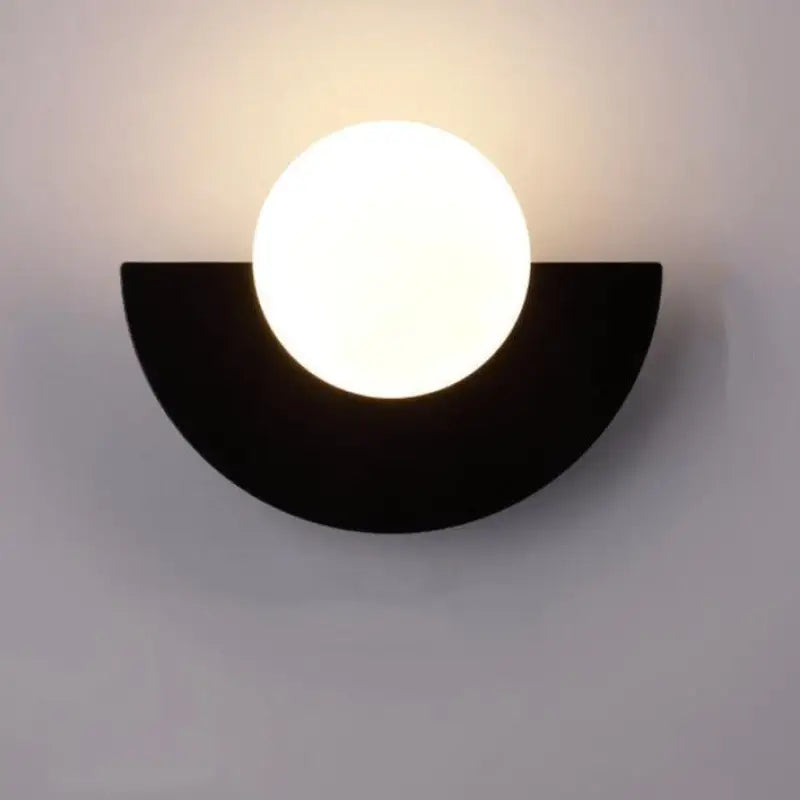
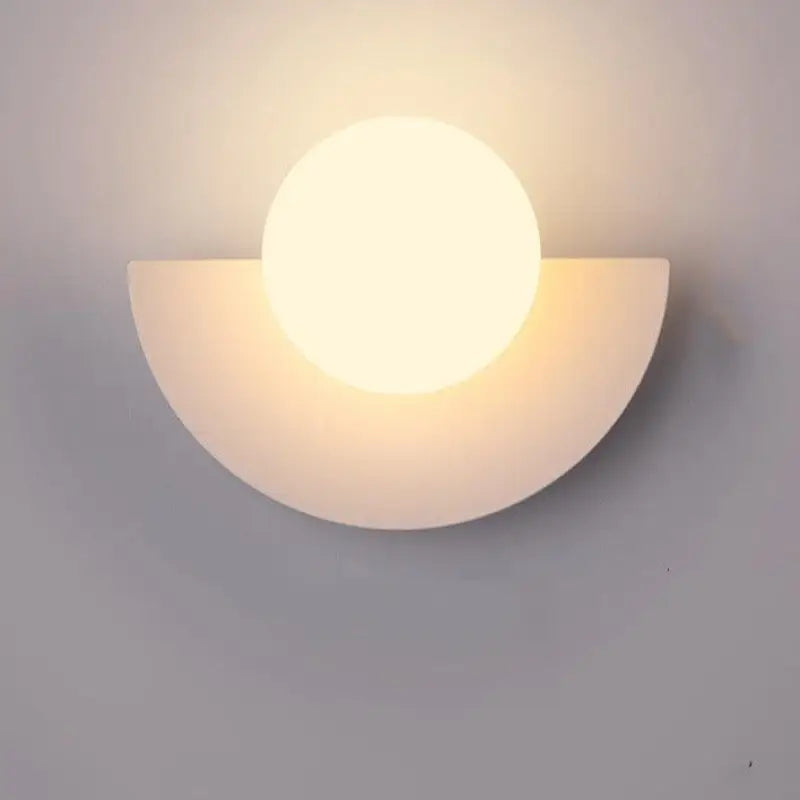


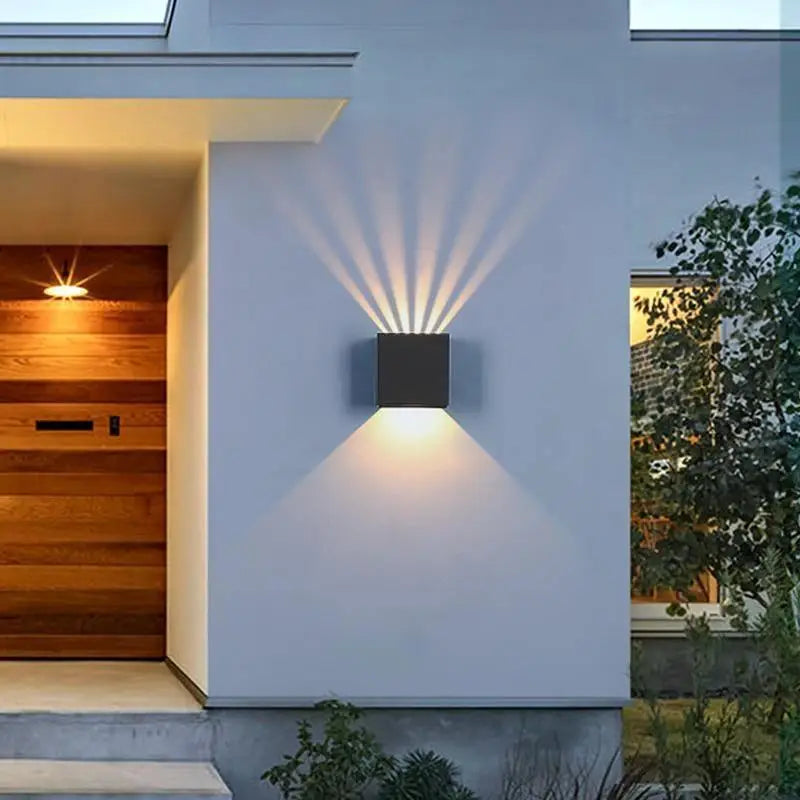
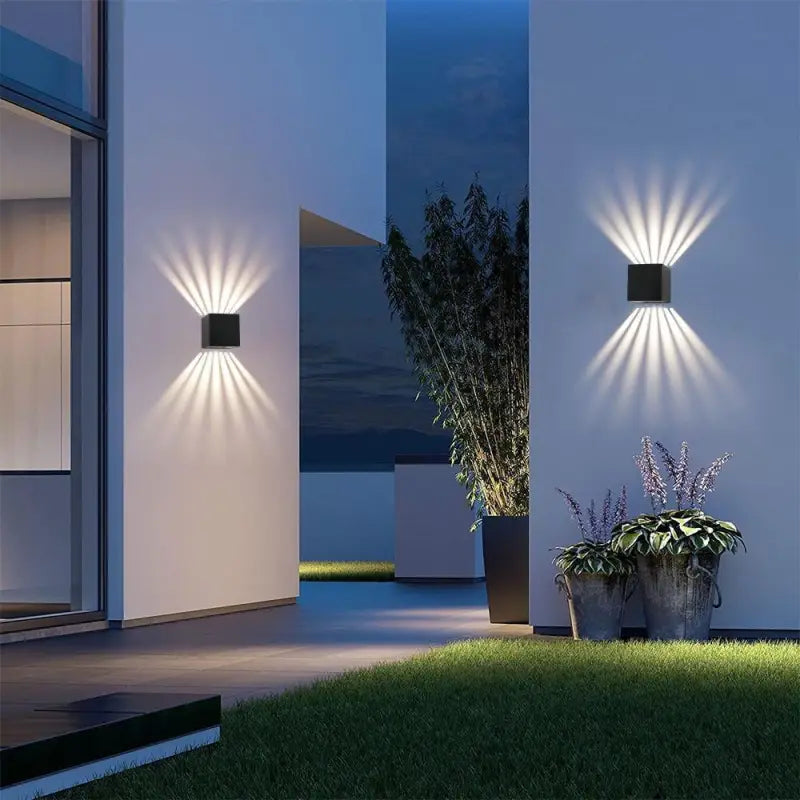
Leave a comment